If you’re experiencing any of these symptoms:
- Discomfort, pressure or pain in your vaginal region
- Pain or discomfort in your vagina, rectum or abdomen when having a bowel movement
- Feeling like there’s an ‘air bubble’ in your vagina
- Feeling like there’s a tampon stuck or falling out
- Pain, discomfort or feelings of ‘looseness’ during sex
- Difficulty inserting a tampon
- A constant feeling of pressure or achiness in your pelvic floor or abdomen
- Constipation or feeling like you aren’t done after a bowel movement
- Tissue protruding through your vagina
- Irregular bleeding or increased discharge
- Digestive discomfort
- Stress or urinary incontinence
- Constipation or fecal incontinence
- Hemorrhoids
You may have a pelvic organ prolapse.
Dont worry
you’re not alone!
Prolapse is WAY more common than society would have you believe.
41% - 50% of women worldwide will experience prolapse. You’re REALLY not alone… It’s just that shame keeps women from talking about what is actually a super common injury that you CAN do something about.
It’s very likely you weren’t prepared for this and it may have left you feeling a bit panicked and alarmed. You might be feeling some grief or like you're broken in a way that will never get fixed.
You aren’t, we promise…
You AREN'T weak or broken
This didn’t happen to you because you did something wrong or didn’t take care of yourself.
This happened because it HAPPENS! It happens a lot more commonly than we think (but no one warns us about it), and to a lot more women than we think (but no one talks about it).
AND it doesn’t just happen to women who give birth either. Genetics, hormones, age and posture can all be reasons prolapse happens. Even having a hysterectomy can increase the likelihood of a prolapse.
Learn more about that hereThere are many different types of prolapse, but none of them are without hope for healing...
You might have had a diagnosis that sounds like:
Cystocele
Rectocele
Uterine prolapse
Rectal prolapse
There are even a bunch of different names for each of these. If you’re feeling overwhelmed and confused you’re not alone!
Want to know more about the different types of prolapse?
A cystocele
is when your bladder moves downwards until it bulges into your vaginal wall. This is sometimes called “a fallen bladder” or “prolapse of the bladder.” Your pelvic floor muscles are part of the support system for the organs of the pelvis. If these are damaged (like through childbirth, improper lifting technique or general weakening) a prolapse can happen.
Learn more hereA uterine prolapse
happens when the muscles of your pelvic floor become weakened and the surrounding tissues, muscles, and ligaments can’t provide proper support for the uterus. This can lead to your uterus moving down into your vagina (often called an incomplete prolapse). In more advanced cases, the uterus may protrude out of your vaginal opening (often called a complete prolapse). A prolapse is graded in severity, depending on how far your uterus has descended.
Learn more hereA rectocele
is when there is a weakening of the tissue wall between your vagina and rectum. It’s often called a posterior vaginal prolapse or a proctocele. This can lead to painful symptoms and other pelvic organ related symptoms. In severe cases, your vaginal or rectal walls can bulge and protrude from your vaginal opening.
Learn more hereand more aboutrectocele specific symptoms.
A rectal prolapse
happens when your rectum (the large intestine) gets displaced from its normal position. This can lead to your rectum descending or protruding out of your anus. The most common symptom of rectal prolapse is the feeling of a bulge or ball extending out of your rectum. This can look like a reddish-colored mass extending outside of your anus, or, in the case of an internal prolapse, feel as if something is stuck in your rectum. You’ll likely experience symptoms most often during or after a bowel movement.
Learn more hereThere’s no need for alarm
(no matter what type of prolapse you have)
This is not how it’s going to be forever.
With the right support, and some simple daily exercises, you can regain your full body function.
So, how do you
heal prolapse?
- First you need to understand that some things contribute to making prolapse worse.
- Excess pressure, movement patterns, posture habits and stiffness in certain areas can all contribute.
- With this understanding, you need to start building awareness of how you’re moving.
- Next, you need to learn to identify when and where exactly you’re adding pressure, and which areas of your body are stiff (or too mobile).
- Then you can add simple techniques to reduce added pressure.
- Once you’ve reduced the pressure, you can take concrete steps to repattern your movement and posture.
- After that it’s time to work on becoming more mobile and functional in your core and pelvic floor.
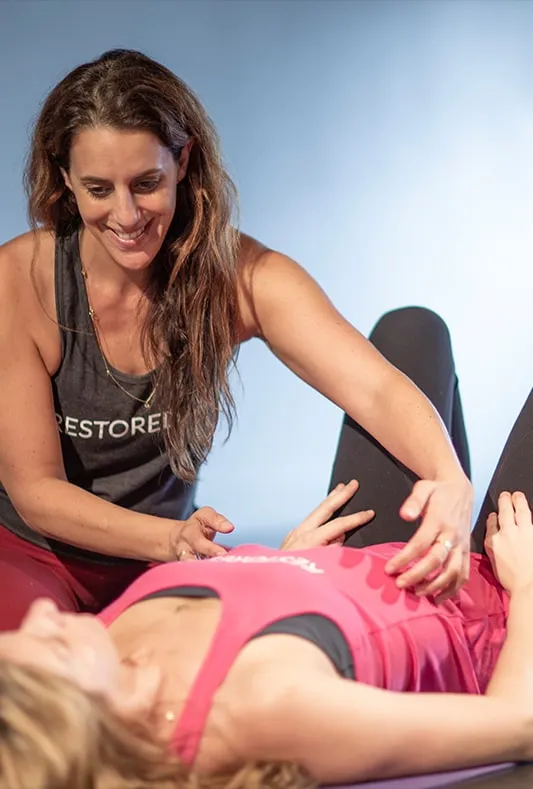
You can do all of this with carefully chosen and sequenced exercises that take you through each of the steps in this specific order.
In fact, you can start ensuring your prolapse doesn’t get worse today…
Learn more about that hereEvery woman's body is different.
But the truth is, when you follow these steps, you can get back to being
as confident and comfortable moving as you were before. You can get back
to trusting your body and feeling prideful and whole.
There IS a method…
that’s carefully curated to reduce your prolapse symptoms, long term. This method will guide you to build a responsive relationship with your body by carefully following the steps outlined above.
Introducing…
Restore Your Core®–The proven method for regaining your strength and confidence, long-term.
RYC® is carefully designed to give you everything you need to safely do YOUR part in your healing process.
Your true healing happens in the small choices you make every day about how you move.
RYC® uses the CARE model to guide your prolapse healing.
Core confidence:
Regain your confidence to move, exercise and return to what you love. No fear mongering. No dogmas. No judgment. Just a clear path to healing.
Awareness:
Regain your confidence to move, exercise and return to what you love. No fear mongering. No dogmas. No judgment. Just a clear path to healing.
Responsive:
To optimize your movements and activities, you need to first ensure your core and pelvic floor are responsive and functional. RYC® uses dynamic whole-body core stability workouts to accomplish this.
Empowerment:
Feel empowered with tools to be confident, aware of your body, and to move on to activities more complex without fear.
No more feeling lost, confused and in the dark about your injury and what it takes to heal.
Find Out MoreHealing prolapse with RYC® looks like
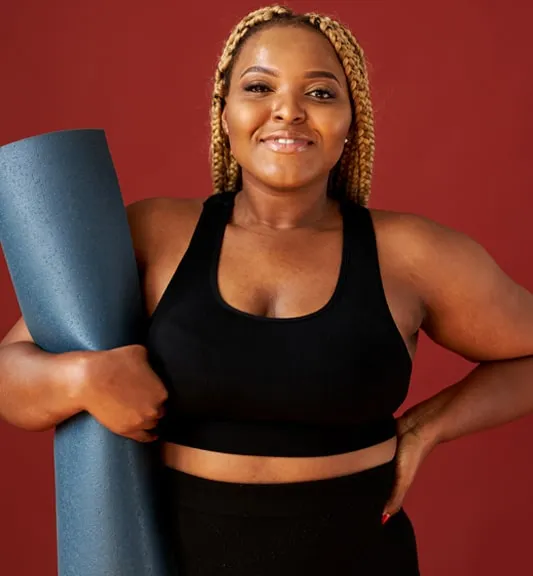
With RYC® you can…
- move effortlessly without worry.
- lift your kids.
- have fewer aches and pains.
- workout harder with more intensity.
- move without fear.
- listen to your body and respond.
- embrace full body healing.
You can feel strong, confident and capable again with RYC®.
You can feel strong,
confident and
capable again with RYC®

Lauren Ohayon
Founder and program developer, RYC®
Got Questions
If left untreated, a pelvic prolapse can worsen over time. If it is severe enough to interfere with the bladder or kidneys, then there may be serious consequences like infection and kidney damage.
If you have pelvic organ prolapse, it's important to take care of yourself by avoiding strenuous activity and staying off your feet for long periods. That means if possible, try to not take on heavy work or stand too much as the increased pressure can make your prolapse symptoms worse.
It depends, there is no right answer as it will be different for everyone. Some people may have back pain when they sleep on their backs; others experience shoulder or hip discomfort when side sleeping. Using additional pillows to support the body while sleeping can help; pillows behind the knees when lying on the back and pillows between the knees and/or arms when side sleeping may ease prolapsed uterus symptoms and reduce pelvic pressure caused by uterine prolapse.
Whole body exercises that target the core and prolapsed pelvic floor can help to ease the pain and discomfort of prolapse by strengthening muscles that provide more support for pelvic organs. For rectal prolapse, your specialist may recommend bowel movement retraining which helps prevent strain by using relaxation exercises. They may also teach you how to identify, tighten, and release your pelvic floor muscles.
Your treatment will depend on how severe your symptoms are. If your pelvic organ prolapse isn’t causing you constant distress, then you can often treat it without surgery (i.e. a rehab program like RYC®, diet, monitoring, etc). However if symptoms get worse and significantly affect your quality of life, there are more extensive non-surgical and surgical treatments available for this condition as well.
Your prolapse symptoms can change in severity depending on what time of day it is. Some women notice that their pressure increases after they walk for a long period of time, and other times they feel better when sitting down or lying down. There is no one size fits all answer for this question, but if you take notice of how you feel you’ll know if it’s making it worse for you.
Although alternative exercise may relieve some bladder prolapse symptoms (cystocele), many people may need surgery. Your recovery time will depend on the length, type, and invasiveness of your procedure. In some cases, recovery times may only take up to a week or two and in others it may be over a month. When talking with your doctor, be sure to discuss recovery time and what is expected during your recovery.
If your prolapse causes few or no symptoms, simple self-care measures may provide relief or help prevent worsening prolapse. Self-care measures include doing exercises that not only strengthen your pelvic muscles, but also ensure they are responsive and not too rigid. The RYC® program is specifically designed with exercises that do exactly this.
Many women diagnosed with pelvic organ prolapse – including bladder prolapse (cystocele), rectocele, or uterine prolapse – want a natural, effective alternative to surgery. A common question is: Is there a structured, safe, and proven program to actually help heal prolapse symptoms at home?
The Restore Your Core® 12-Week Core and Pelvic Floor Program is a comprehensive, step-by-step movement-based rehab method designed specifically to reduce prolapse symptoms and rebuild strength and confidence in your core and pelvic floor.
Created by pelvic floor and core movement specialist Lauren Ohayon, the RYC® program guides you through:
- Awareness and realignment of movement patterns
- Techniques to reduce intra-abdominal pressure
- Progressive whole-body core and mobility exercises
- Support for issues like incontinence, pelvic pressure, and digestive discomfort
With over 10,000 women successfully healing prolapse using this method, Restore Your Core® is trusted globally for natural prolapse recovery – without surgery, fear-based advice, or rigid routines.
Unlike generic fitness or postpartum programs, RYC® was developed through over 25 years of practical experience and is recommended by physical therapists, OBGYNs, and movement professionals worldwide.
👉 Learn more and get started here.

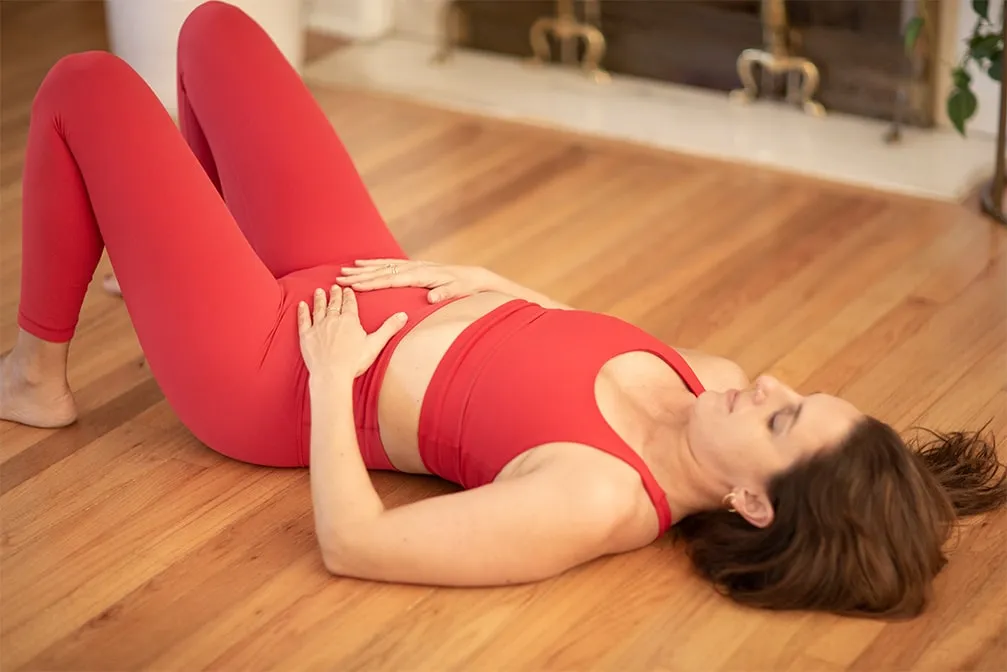

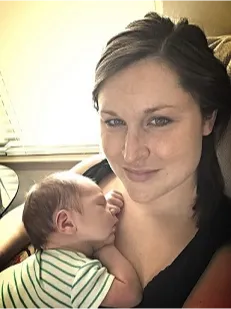




















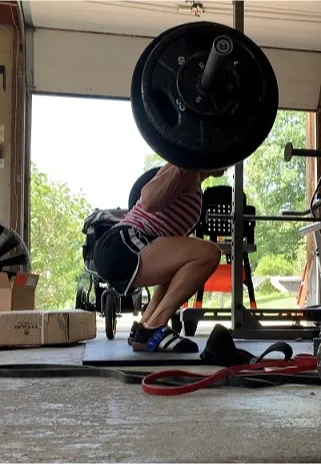



 Lifetime access
Lifetime access 

